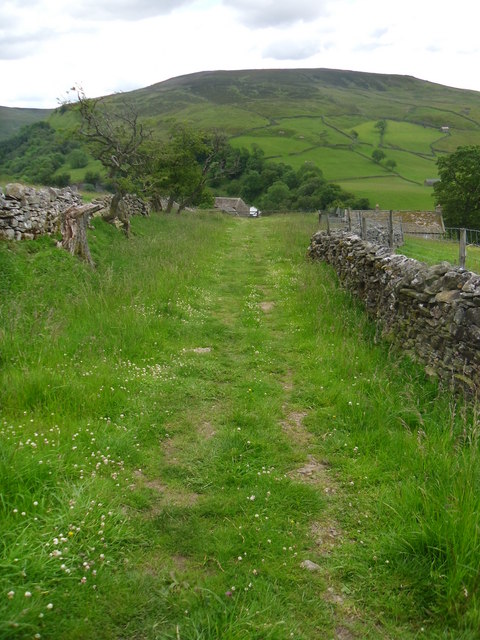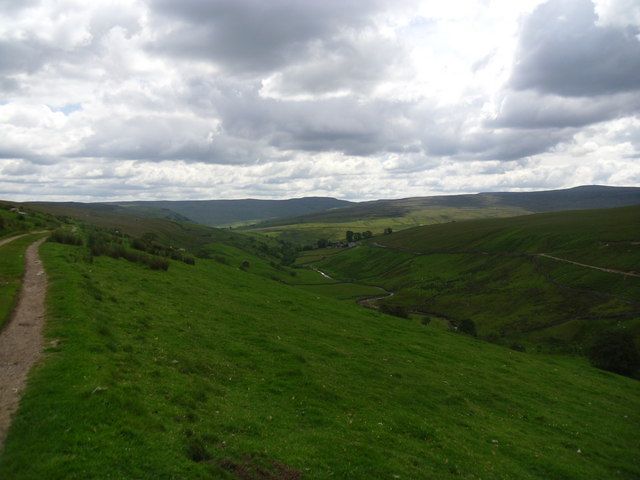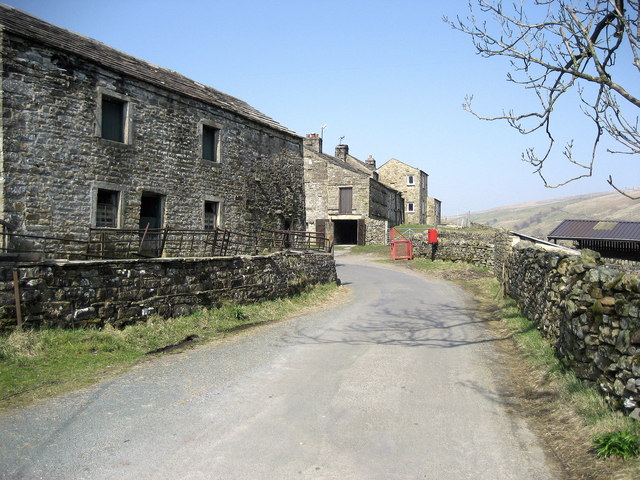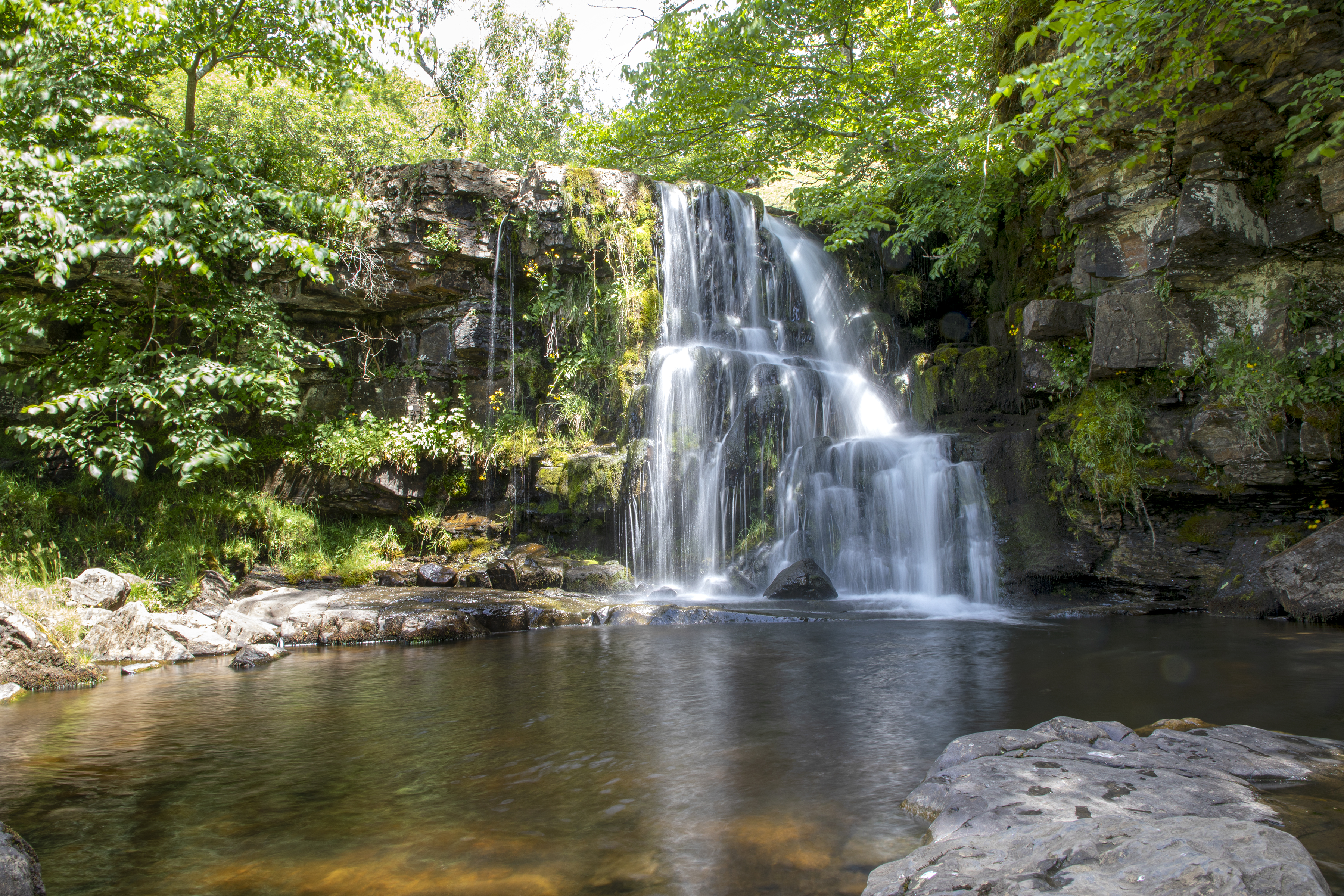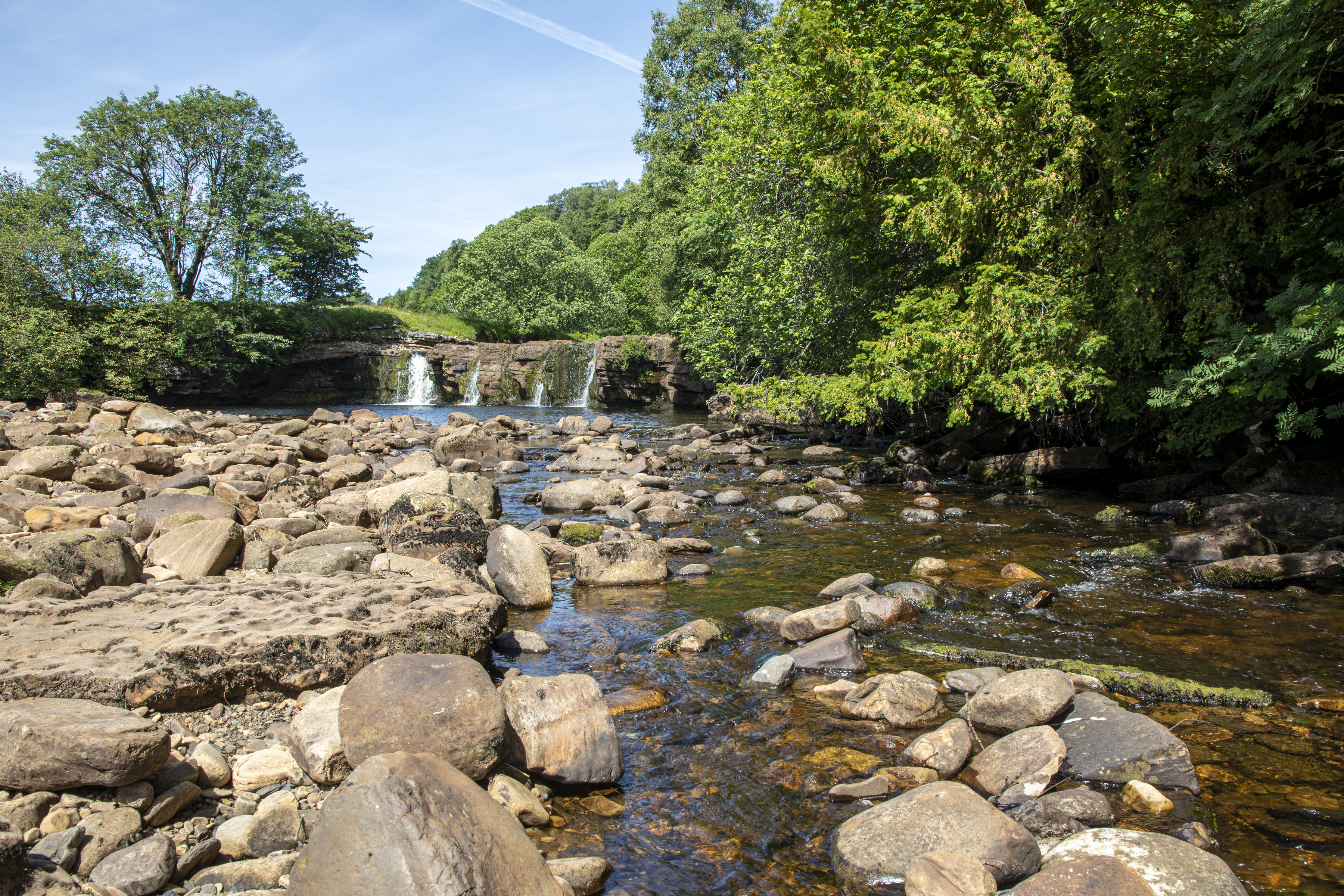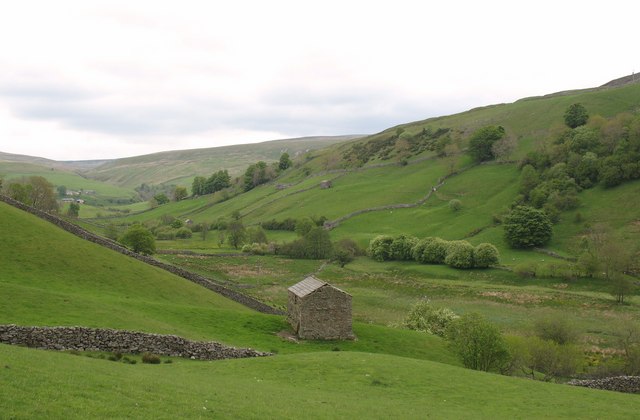Black Moor
Downs, Moorland in Yorkshire Richmondshire
England
Black Moor

Black Moor is a picturesque and expansive region located in the county of Yorkshire, England. Nestled within the vast expanse of the Yorkshire Downs, this area is renowned for its breathtaking beauty and unique wildlife. Black Moor is characterized by its vast stretches of moorland, which is a type of open, treeless landscape dominated by heather, grasses, and mosses.
The moorland of Black Moor is a result of centuries of natural processes, with peat bogs forming in the wetter areas. The terrain is undulating, with gentle slopes and occasional rocky outcrops dotting the landscape. This creates a stunning visual contrast, especially during the flowering season when the heather blooms, painting vast expanses of the moor in shades of purple and pink.
The region is also home to a diverse range of flora and fauna, including various bird species such as lapwings and curlews, which nest in the moorland. The peat bogs provide a unique habitat for specialized plant species such as bog rosemary and cotton grass. In addition, Black Moor is known for its population of hardy sheep, which graze on the rich vegetation.
Black Moor offers visitors a serene and tranquil environment, perfect for leisurely walks and hikes. The moorland provides ample opportunities for outdoor activities such as birdwatching, photography, and even horse riding. The surrounding Yorkshire Downs offer stunning panoramic views of the countryside, making it an ideal destination for nature enthusiasts and those seeking a peaceful retreat in the heart of Yorkshire.
If you have any feedback on the listing, please let us know in the comments section below.
Black Moor Images
Images are sourced within 2km of 54.423677/-2.1603141 or Grid Reference NY8903. Thanks to Geograph Open Source API. All images are credited.


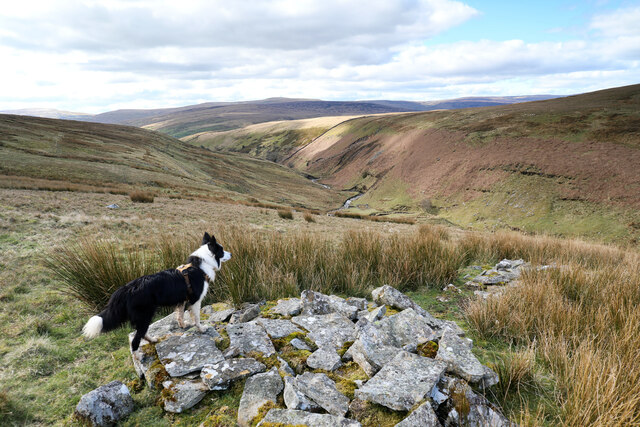


Black Moor is located at Grid Ref: NY8903 (Lat: 54.423677, Lng: -2.1603141)
Division: North Riding
Administrative County: North Yorkshire
District: Richmondshire
Police Authority: North Yorkshire
What 3 Words
///revise.community.look. Near Kirkby Stephen, Cumbria
Nearby Locations
Related Wikis
West Stonesdale
West Stonesdale is a hamlet in the Yorkshire Dales, North Yorkshire, England. The secluded village is near Keld to the south, Tan Hill to the north and...
East Gill Force
East Gill Force is a waterfall in Swaledale, 330 yards (300 m) east of the hamlet of Keld, in the Yorkshire Dales National Park, North Yorkshire, England...
Keld, North Yorkshire
Keld is a village in the English county of North Yorkshire. It is in Swaledale, and the Yorkshire Dales National Park. The name derives from the Viking...
Wain Wath Force
Wain Wath Force is a waterfall on the River Swale in the Yorkshire Dales National Park, North Yorkshire, England. The falls are at grid reference NY883015...
Kisdon Force
Kisdon Force is a series of waterfalls on the River Swale in Swaledale, England. The falls are situated within the Yorkshire Dales National Park in the...
Rogan's Seat
Rogan's Seat is a remote hill located near East Stonesdale and Gunnerside Gill, in the Yorkshire Dales in England. It is a high expanse of moorland that...
Catrake Force
Catrake Force is a waterfall on the River Swale in North Yorkshire, England. It is not visible from the road but is accessible via a campsite in Keld....
Angram Bottoms
Angram Bottoms (grid reference SD891999) is a 9.8 hectares (24 acres) biological Site of Special Scientific Interest (SSSI) near to the village of Angram...
Related Videos
Coast to Coast: Solo Hiking Across the Country - Day 8 (4K)
Join me on Patreon! https://www.patreon.com/TinyPineOutdoors Day 8 of solo hiking the Coast to Coast, my mum dropped me off ...
Hiking John O’ Groats to Land’s End | Daily Vlog | Day 33
Me and Di (my girlfriend) are hiking from John O' Groats to Land's End and wild camping all the way. This is a daily vlog of our ...
Pennine Way (part 7) - Tann Hill pub, trail magic & walking in the clouds
Another beautiful part of the Pennine Way hike between Horton and Middleton-in-Teasdale. With a few steep climbs and rocky ...
Have you been to Black Moor?
Leave your review of Black Moor below (or comments, questions and feedback).







